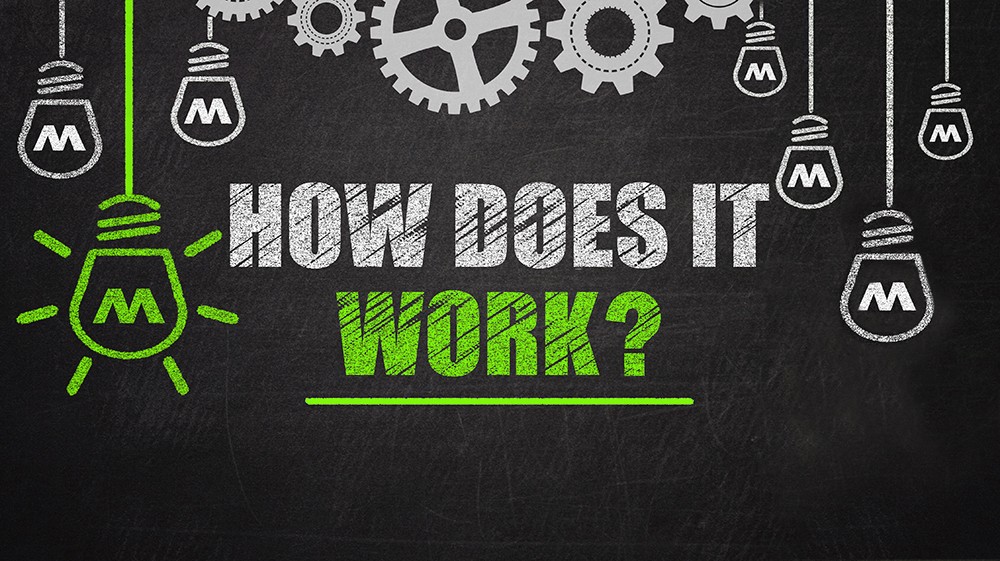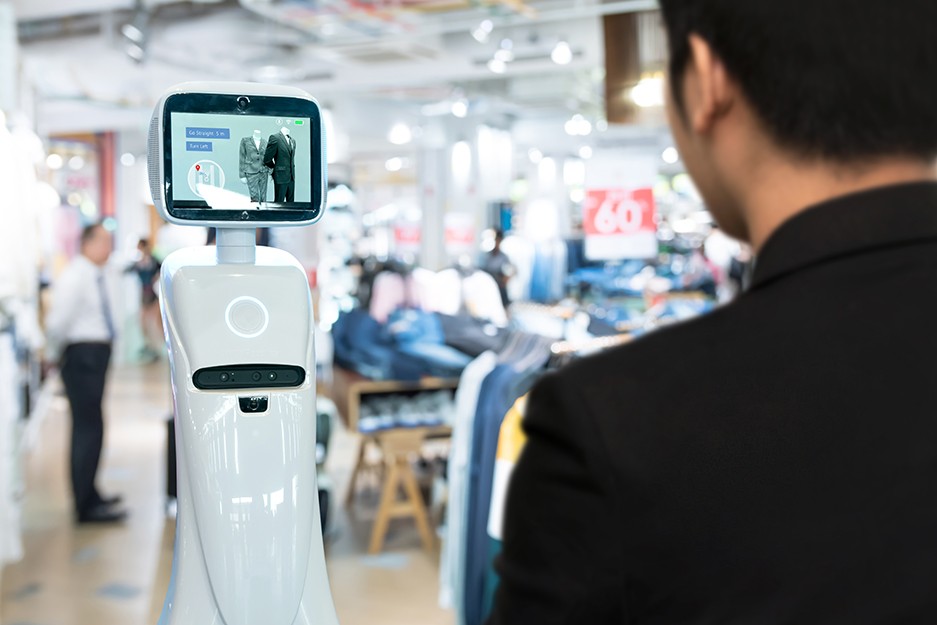
Five retail predictions for 2019
The customer experience will dominate retail as online shopping continues its rapid rise and the industry embraces further technology in 2019.
These are the major predictions for a retail industry already grappling with major disruption, with the retailers who understand how best to employ data, analytics and tech-enabled service best primed to enjoy a prosperous future ahead.
So, let’s take a deep dive into what’s tipped to occur in retail over the coming months, with five retail predictions for 2019.
It’s all about the experience
The “customer experience” has been the catchphrase of recent years, and 2019 shows no signs of this trend abating. However, this year that experience will become increasingly personalized.
Ragtrader notes “customer experience” is shifting to “intimate experience”, with consumers now expecting greater personalization when it comes to both offers and service.
They note 55 per cent of consumers now expect to receive personalized offers within 24 hours of making themselves known to a brand. Meanwhile, 70 per cent express frustration at impersonal shopping experiences.
In addition to better customer loyalty programs, and e-marketing, that’s seeing major bricks and mortar retailers rethinking their offering. In a bid to cater to a better informed, time-poor consumer, the lure of browsing is no longer enough.
Now, customers are increasingly attracted to an expedited in-store experience, or alternatively, the point of difference that only bricks and mortar can offer where the “touch, feel, try” elements of real-world retail are played to their strengths.
Online retail rising
It’s no surprise, but online shopping is tipped to increase further this year, with Amazon and eBay leading the charge.
Statista predicts online retail revenue will increase from $504.5 billion in 2018 to $560.7 billion this year and rise further to $700 billion by 2022.
For real-world retailers that means an omnichannel presence is imperative. Consumers may still be buying from them, but chances are they will use the store to experience a product, and research and purchase it online.
Augmented Reality
Already utilized by industry leaders like Lacoste and American Apparel, augmented reality is set to play an increasing role in the purchasing experience, allowing consumers a virtual way to understand a product.
Shopify notes Lacoste created a mobile app that customers could use to virtually try on shoes. The app also created AR experiences with window displays, in-store signage, and promotional postcards.
“More than 30,000 users engaged with 3D products while using the app. They quite literally put the shopping experience in the customers’ hands,” they explain.
“It’s a smart move, especially considering 61 per cent of consumers prefer stores that offer AR experiences — and 40 per cent of them would pay more for your product if they have the chance to experience it through AR.”
Chatbots the first point of contact
Whether it’s via a retailer’s website or social media, chatbots are now becoming commonplace as the first point of contact for answering mundane queries. This virtual, tireless customer service assistant will add more retailers to her resume in 2019.
Handling everything from inquiries about store opening hours to available stock, chatbots are working 24/7 to answer consumer questions and advance the purchasing journey.
That’s having the added benefit of allowing physical customer service personnel to better answer more detailed inquiries and complaints.
Voice-activated retail increasing
Recent research indicates one in six Americans own a smart speaker, and retail is one of its major uses.
According to OC&C Strategy Consultants, voice commerce sales reached $1.8 billion last year and they’re predicted to reach $40 billion by 2022.
Meanwhile, Google states 52 per cent of voice-activated speaker owners would like to receive information about deals, sales, and promotions from brands, and 39 per cent would like to receive options to find business information.
The roundup
This year’s predictions should come as little surprise to retailers already in the grips of a tech revolution.
In short, 2019 will see the customer expect more both online and in the real world, and technology will be the tool that delivers.


